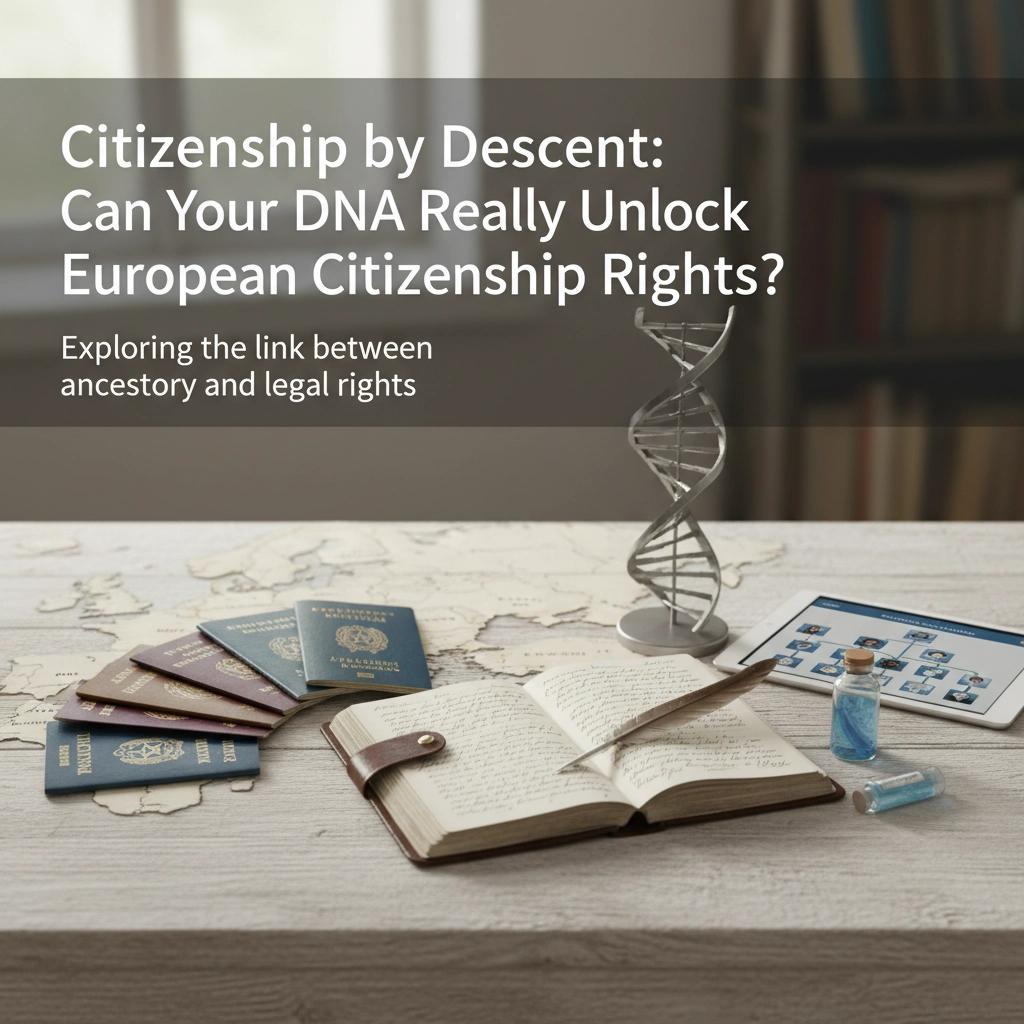Important Disclaimer: This article is for informational and educational purposes only. It is not legal advice, immigration advice, or guidance on obtaining citizenship. Always consult with qualified legal professionals or immigration attorneys for advice specific to your situation. HowWeGotHere Genealogy provides genealogy research services, not legal or immigration services.
Picture this: you've just received your DNA results, and they're lighting up like a Christmas tree across Europe. Your genetic markers are dancing from Ireland to Italy, from Scotland to Poland. You're thinking, "This is it! My golden ticket to European citizenship!"
But before you start planning your move to that charming Italian village your DNA says you're connected to, let's have a reality check about what those genetic markers can and cannot unlock.
The Short Answer: DNA Alone Won't Get You There
Here's the truth that might burst your bubble: DNA testing cannot be used to obtain European citizenship by descent. Despite what those enticing online ads might suggest, no European Union country accepts genetic testing as proof of lineage for citizenship applications. It's like trying to use a photograph of a key to unlock a door – it shows you what the key looks like, but it won't actually open anything.
European countries operating under citizenship by descent laws require comprehensive official documentation, not genetic markers. Your 23andMe results might tell an fascinating story about your ancestry, but they won't convince any European consulate to hand you a passport.
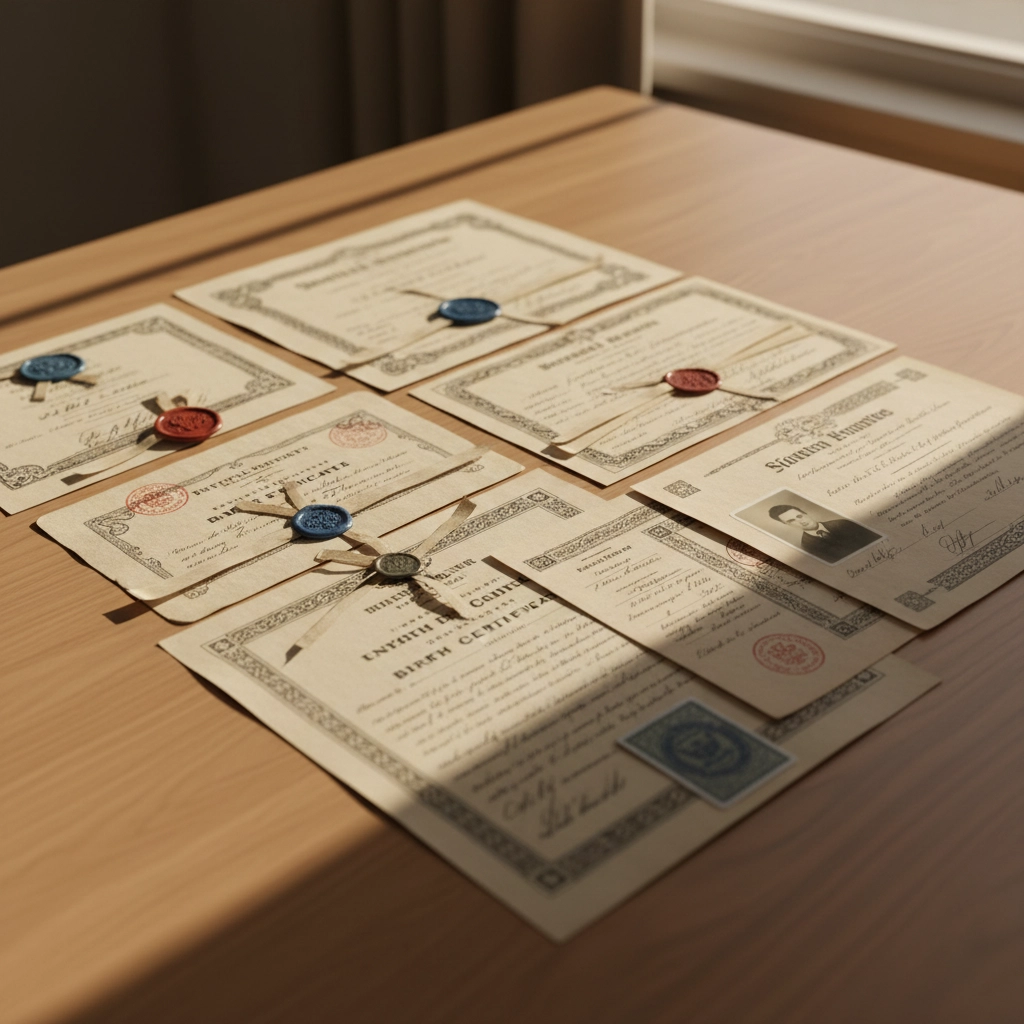
Understanding the Legal Framework: Jus Sanguinis
European citizenship by descent operates under an ancient legal principle called jus sanguinis, Latin for "right of blood." This concept allows individuals to claim citizenship based on their ancestral heritage rather than their birthplace – but here's where it gets tricky.
Think of jus sanguinis as a legal chain that must remain unbroken from your ancestor to you. Each link in this chain must be proven through official government records, not genetic testing. It's not enough to prove you're biologically related to someone from Ireland or Italy; you must demonstrate that:
- You have a direct bloodline to a citizen of that country
- Your ancestor maintained their citizenship when it needed to be passed down
- The citizenship was never renounced before transmission
- You meet the specific generational limits set by each country
This is where many hopeful applicants hit their first wall. Having Irish DNA doesn't automatically mean you have an Irish citizen ancestor within the required generational limits.
What Documentation Actually Works
To successfully navigate the citizenship by descent process, you'll need to become a detective – but instead of following DNA clues, you'll be hunting down vital records. These are your real tools for unlocking European citizenship:
Essential Documents Include:
- Birth certificates (yours and your ancestors')
- Marriage certificates
- Death certificates
- Naturalization records
- Immigration documents
- Military service records
- Church records (baptism, marriage, burial)
Each document serves as a legal building block in constructing your citizenship case. Think of it as building a bridge across generations – every plank must be solid and officially certified to support your crossing.
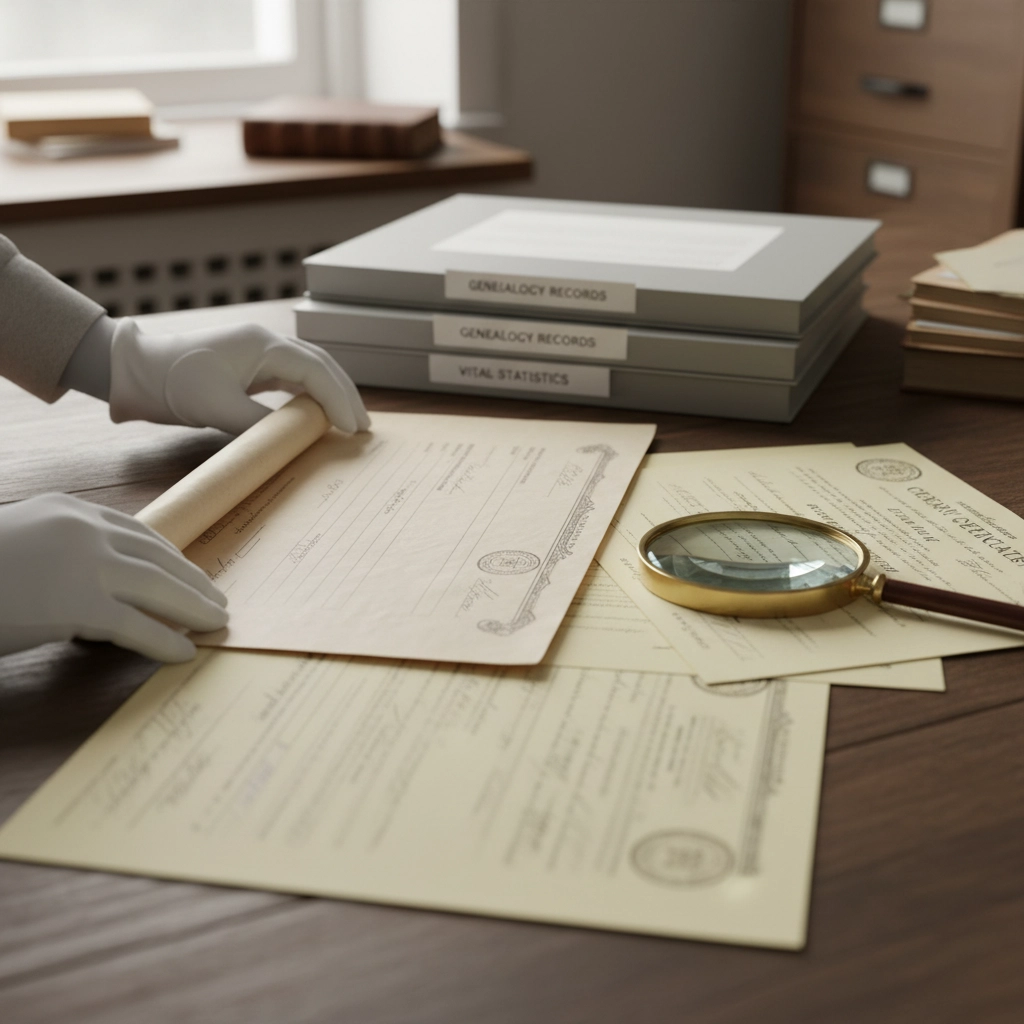
The documentation process often resembles archaeological work. You might find yourself digging through courthouse records, reaching out to distant relatives, or working with professional genealogists to reconstruct incomplete family histories. Many successful applicants describe it as solving a multi-generational puzzle where every piece must fit perfectly.
Country-Specific Requirements: No One-Size-Fits-All
Each European country maintains its own citizenship laws, and they vary dramatically. What works for claiming Irish citizenship might be completely irrelevant for Italian citizenship. Let's break down some key examples:
Ireland allows citizenship claims through parents or grandparents born in Ireland, with great-grandchildren potentially qualifying if their parent registered in the Foreign Births Register before their birth. It's relatively straightforward but requires precise timing and documentation.
Italy recently tightened its rules, now limiting citizenship by descent to parents or grandparents who were Italian citizens when their children were born. The days of claiming Italian citizenship through great-great-grandparents are largely over.
Poland offers citizenship with no strict generational limit, provided the ancestral chain of citizenship was never broken. However, proving continuous citizenship through Poland's turbulent 20th-century history can be challenging.
Germany generally limits claims to parents, with special exceptions for descendants of those persecuted during the Nazi regime. Their laws focus heavily on specific historical circumstances.
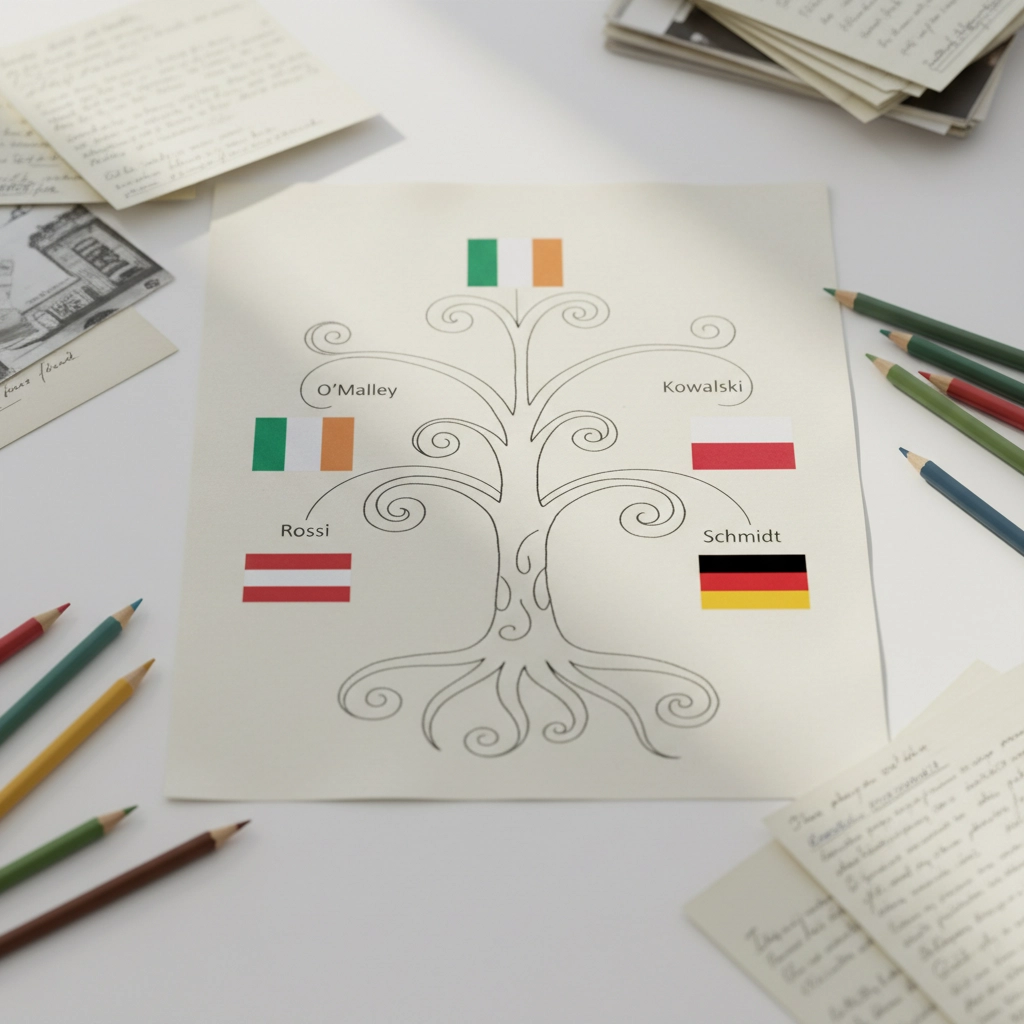
Why DNA Testing Falls Short
Understanding why DNA testing can't unlock citizenship rights requires grasping what these tests actually measure versus what citizenship laws require.
DNA testing reveals:
- Genetic connections and ethnicity estimates
- Biological relationships between individuals
- Geographic origins of your genetic markers
- Matches with other test-takers
Citizenship laws require proof of:
- Legal citizenship status at specific points in time
- When someone held citizenship
- Whether citizenship was ever renounced
- Exact dates of birth, naturalization, and residency
- Compliance with generational transmission rules
It's like the difference between having a family photo and having legal adoption papers. Both show family connections, but only one has legal weight.
Your DNA might show strong Irish markers, but it cannot prove that your great-grandmother was an Irish citizen when your grandmother was born, or whether she naturalized as an American citizen before passing down her Irish citizenship rights. These crucial legal details can only be established through official records.
The Documentation Detective Work
Successful citizenship by descent applications often require becoming a master genealogy detective. Here's what that journey typically looks like:
Start with what you know: Gather all family documents, interview older relatives, and create a detailed family tree working backward from yourself.
Identify the crucial ancestor: Determine which ancestor potentially gives you the strongest citizenship claim based on the country's specific laws.
Hunt for official records: This is where the real work begins. You'll need to obtain certified copies of vital records from multiple jurisdictions, often requiring international correspondence.
Fill the gaps: When records are missing, you might need to use alternative documents like church records, passenger lists, military files, or employment records to establish the chain.
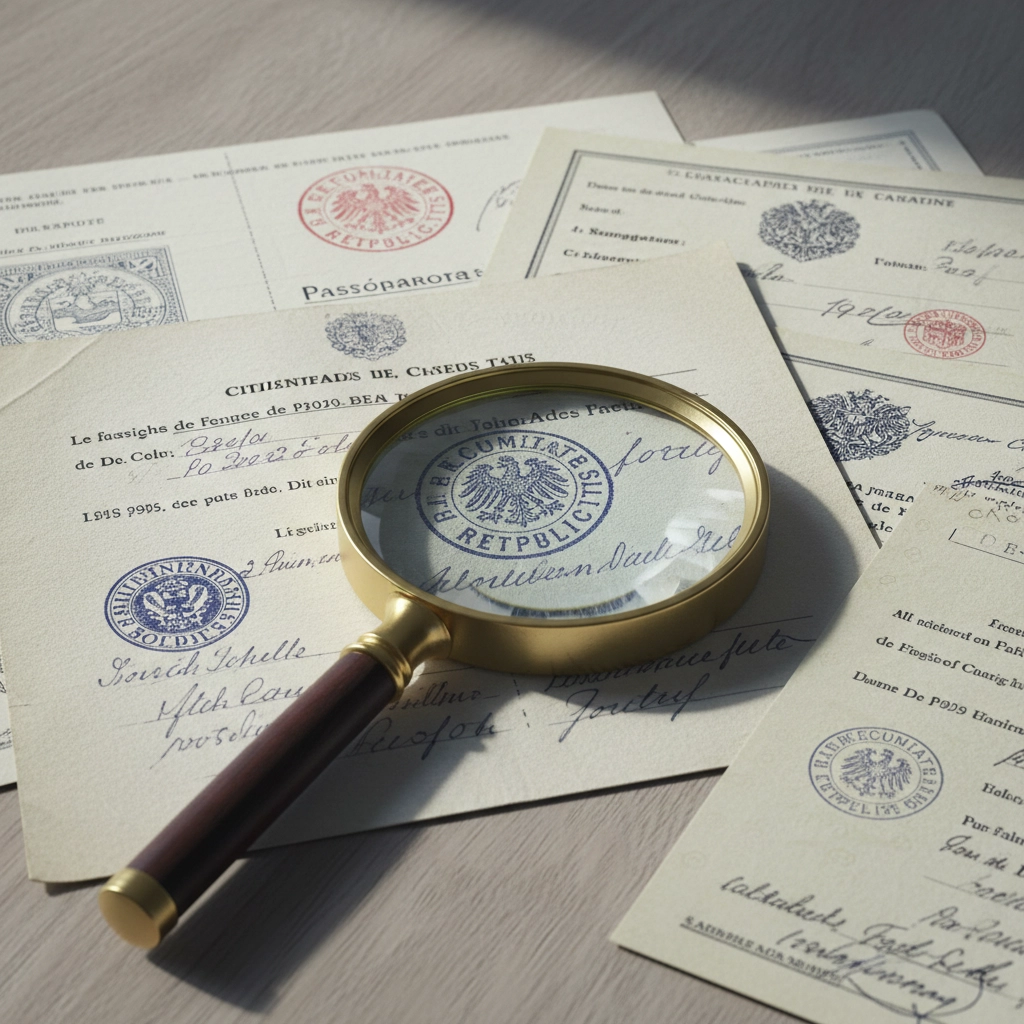
Professional translation: Many documents will need certified translations, adding another layer of complexity and cost to the process.
Remember, persistence is your secret weapon here. Many successful applicants describe hitting multiple dead ends before finding the right combination of documents. It's not uncommon for the process to take several years, especially when dealing with records from countries that experienced wars, political upheavals, or natural disasters that destroyed archives.
The Reality Check: Time, Money, and Patience
Pursuing citizenship by descent is rarely a quick or inexpensive process. Beyond the obvious costs of obtaining documents and translations, consider:
- Time investment: Most successful applications take 1-3 years to complete
- Research costs: Professional genealogy services, document retrieval fees, translation services
- Application fees: Each country charges different fees for citizenship applications
- Travel expenses: You might need to visit archives, consulates, or the country itself
But don't let these challenges discourage you entirely. For those who can prove their eligibility through proper documentation, European citizenship by descent opens incredible opportunities for living, working, and traveling within the EU.
Your Next Steps
If you're still determined to explore your European citizenship options, here's your action plan:
Research first: Study the specific citizenship laws of the country you believe you have connections to. Each nation's immigration or foreign affairs website provides detailed requirements.
Map your family tree: Work backward from yourself, documenting every generation with official records, not DNA results.
Consult professionals: Consider working with genealogists who specialize in citizenship research or immigration attorneys familiar with European citizenship law.
Be realistic about timelines: This is a marathon, not a sprint. Set realistic expectations and prepare for a potentially lengthy process.

The Bottom Line
While your DNA results can't unlock European citizenship rights, they can serve as valuable starting points for your genealogy research journey. Think of them as the opening chapter of your family story, not the final proof you need for legal purposes.
The path to European citizenship by descent remains accessible for those who can trace and document their family lineage through official channels. It requires patience, persistence, and often professional help, but for many, the reward of reconnecting with their ancestral homeland makes the journey worthwhile.
Remember, every family's situation is unique, and immigration laws can change. What matters most is approaching this process with realistic expectations and thorough preparation. Your European adventure might not start with a simple DNA test, but with proper documentation and determination, it might still be within reach.
This blog post is for educational purposes only and does not constitute legal or immigration advice. Always consult qualified professionals for guidance specific to your situation.
